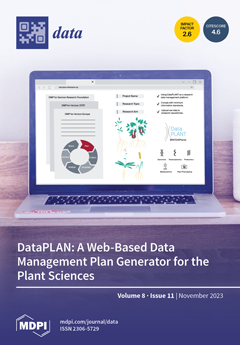The use of medicinal plants, particularly in the treatment of sexually transmitted and related infections, is ancient. These plants may well be used as alternative and complementary medicine to a variety of antibiotics that may possess limitations mainly due to an emerging enormous
[...] Read more.
The use of medicinal plants, particularly in the treatment of sexually transmitted and related infections, is ancient. These plants may well be used as alternative and complementary medicine to a variety of antibiotics that may possess limitations mainly due to an emerging enormous antimicrobial resistance. Several computerized database literature sources such as ScienceDirect, Scopus, Scielo, PubMed, and Google Scholar were used to retrieve information on Fabaceae species used in the treatment and management of sexually transmitted and related infections in South Africa. The other information was sourced from various academic dissertations, theses, and botanical books. A total of 42 medicinal plant species belonging to the Fabaceae family, used in the treatment of sexually transmitted and related opportunistic infections associated with HIV-AIDS, have been documented. Trees were the most reported life form, yielding 47.62%, while
Senna and
Vachellia were the frequently cited genera yielding six and three species, respectively.
Peltophorum africanum Sond. was the most preferred medicinal plant, yielding a frequency of citation of 14, while
Vachellia karoo (Hayne) Banfi and Glasso as well as
Elephantorrhiza burkei Benth. yielded 12 citations each. The most frequently used plant parts were roots, yielding 57.14%, while most of the plant species were administered orally after boiling (51.16%) until the infection subsided. Amazingly, many of the medicinal plant species are recommended for use to treat impotence (29.87%), while most common STI infections such as chlamydia (7.79%), gonorrhea (6.49%), syphilis (5.19%), genital warts (2.60%), and many other unidentified STIs that may include “Makgoma” and “Divhu” were less cited. Although there are widespread data on the in vitro evidence of the use of the Fabaceae species in the treatment of sexually transmitted and related infections, there is a need to explore the in vivo studies to further ascertain the use of species as a possible complementary and alternative medicine to the currently used antibiotics in both developing and underdeveloped countries. Furthermore, the toxicological profiles of many of these studies need to be further explored. The safety and efficacy of over-the-counter pharmaceutical products developed using these species also need to be explored.
Full article





